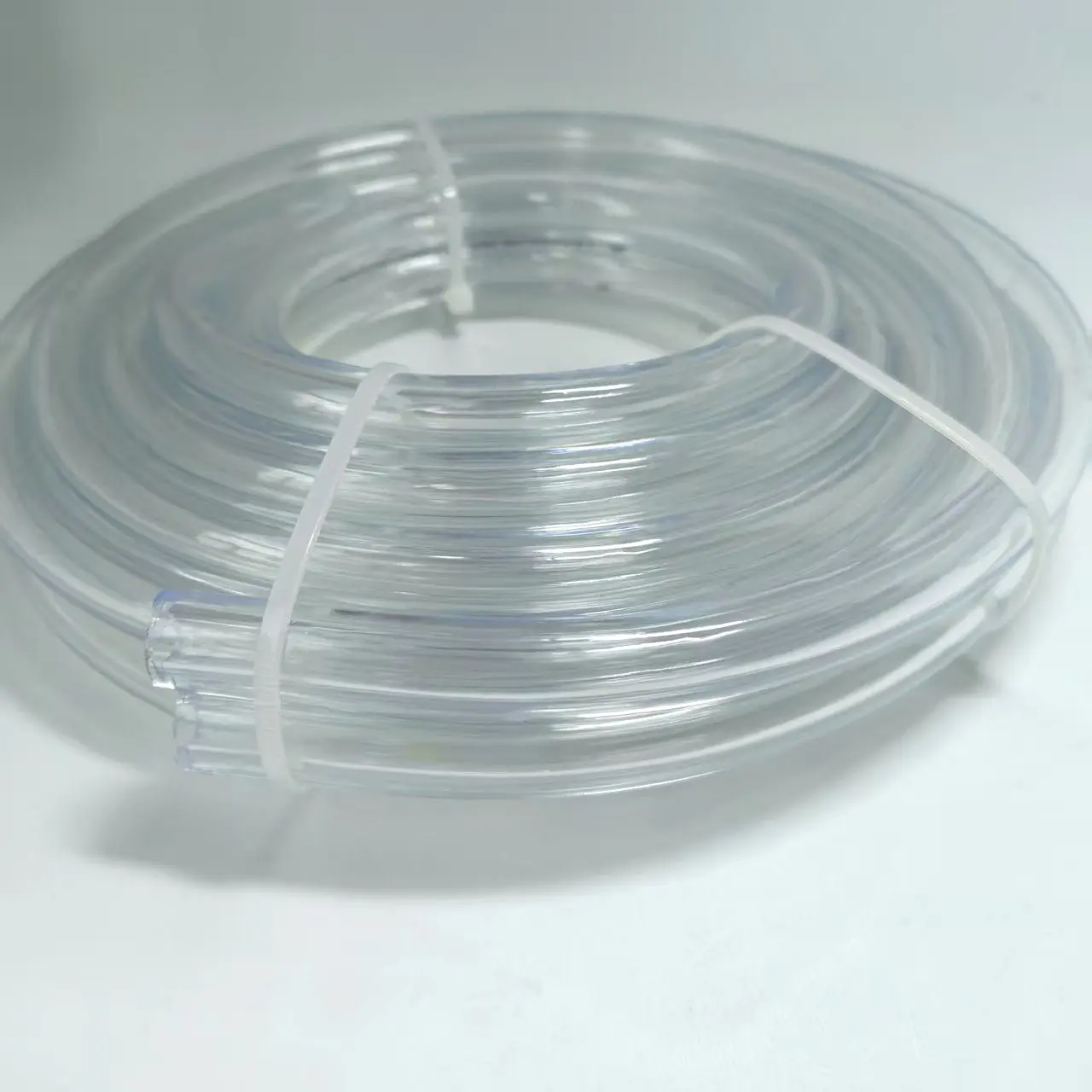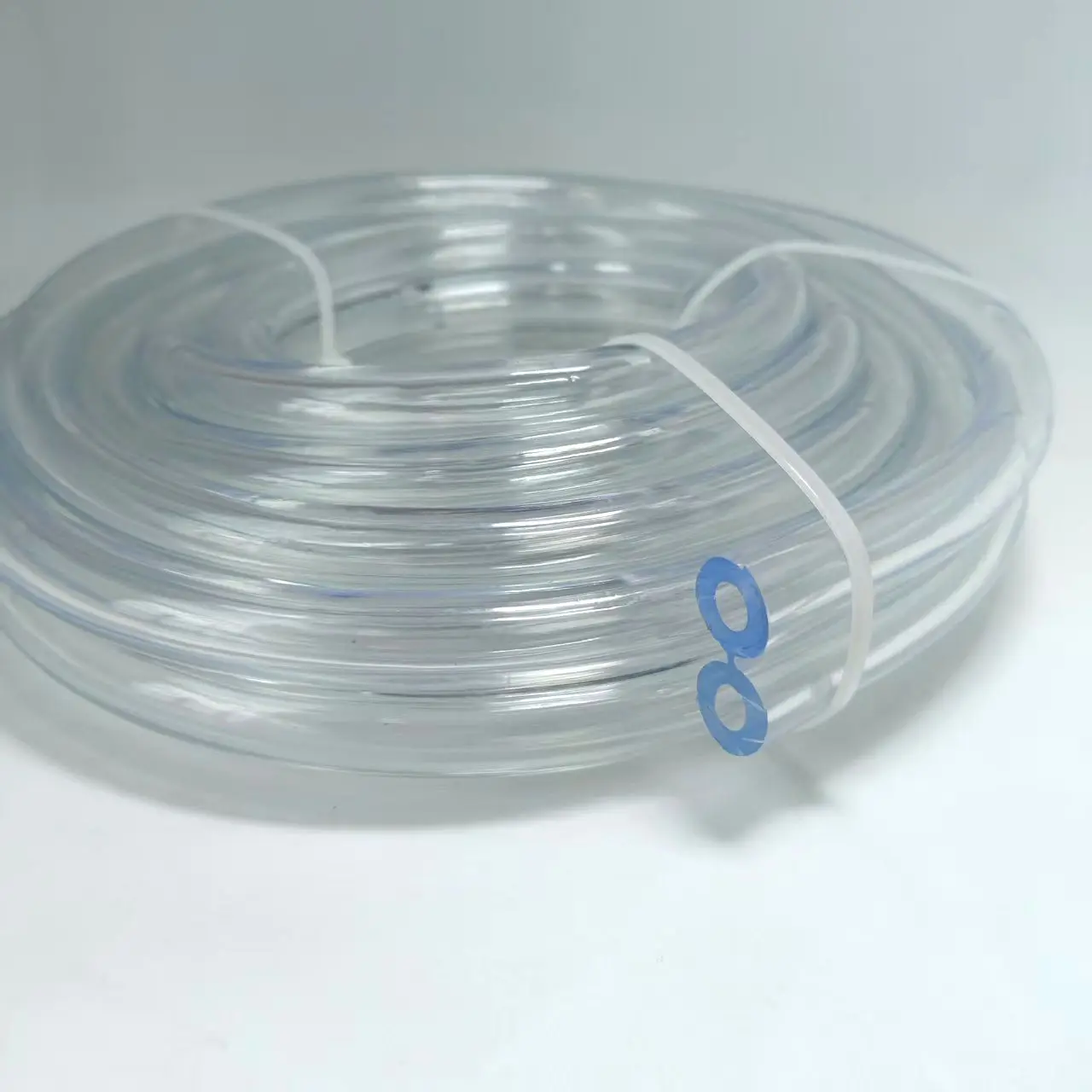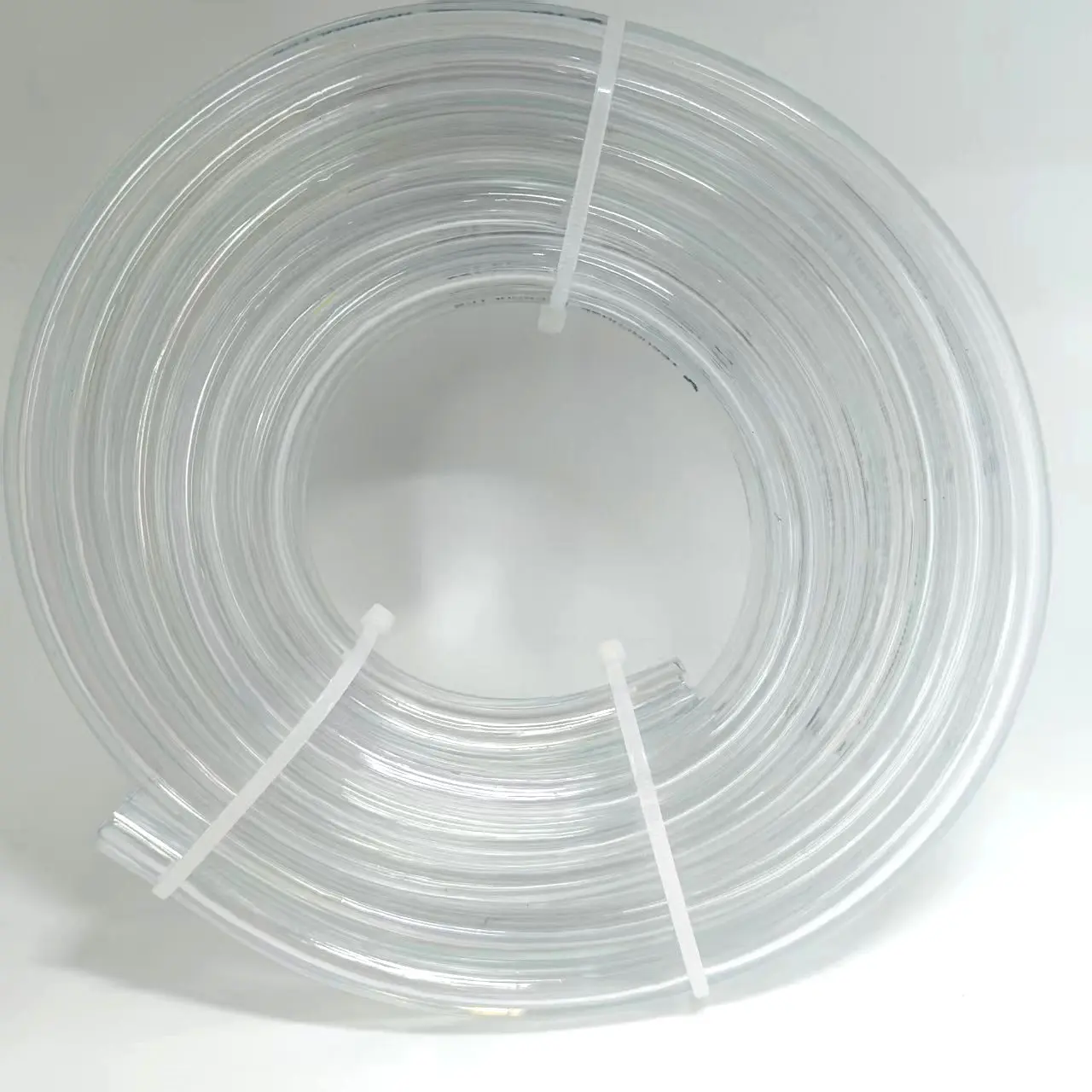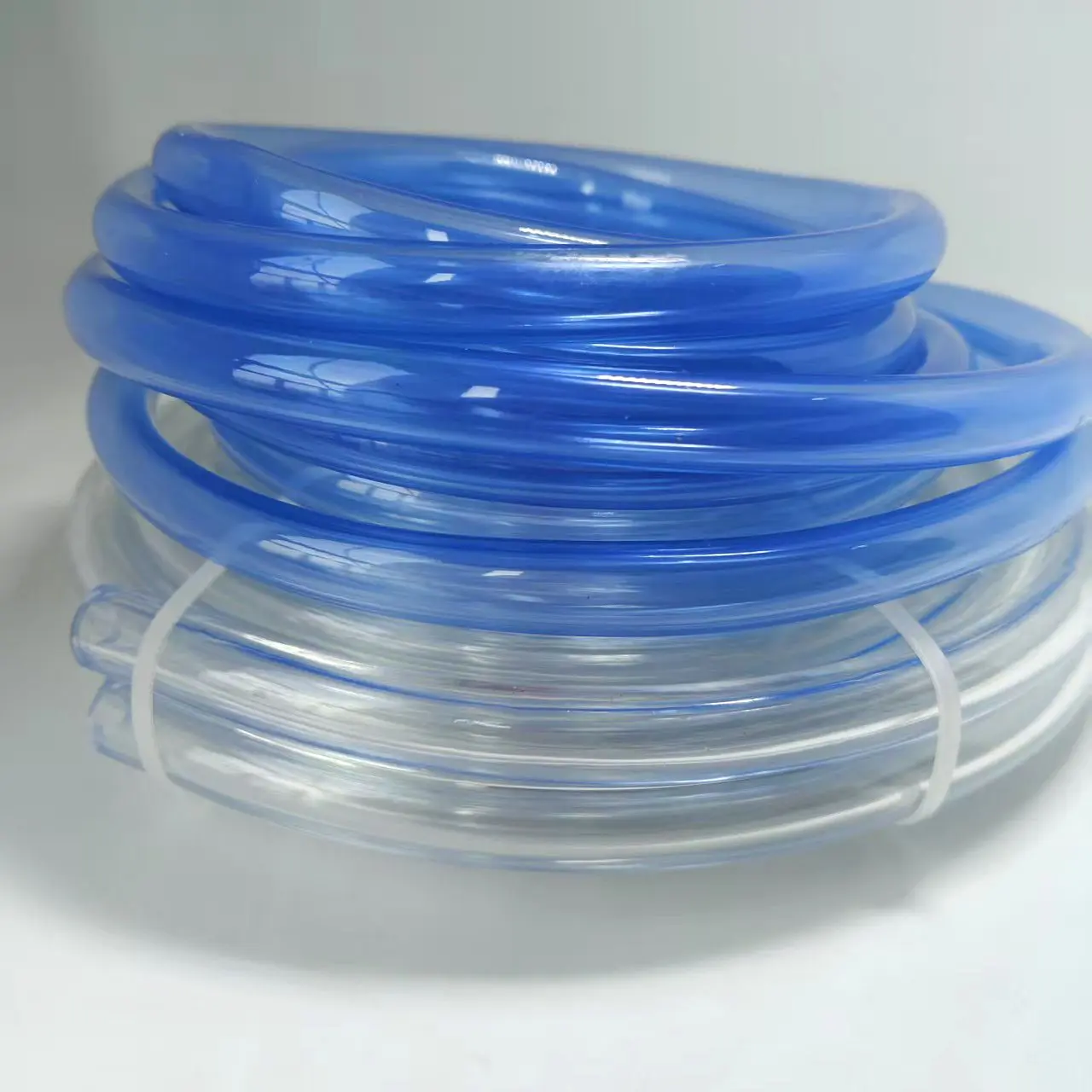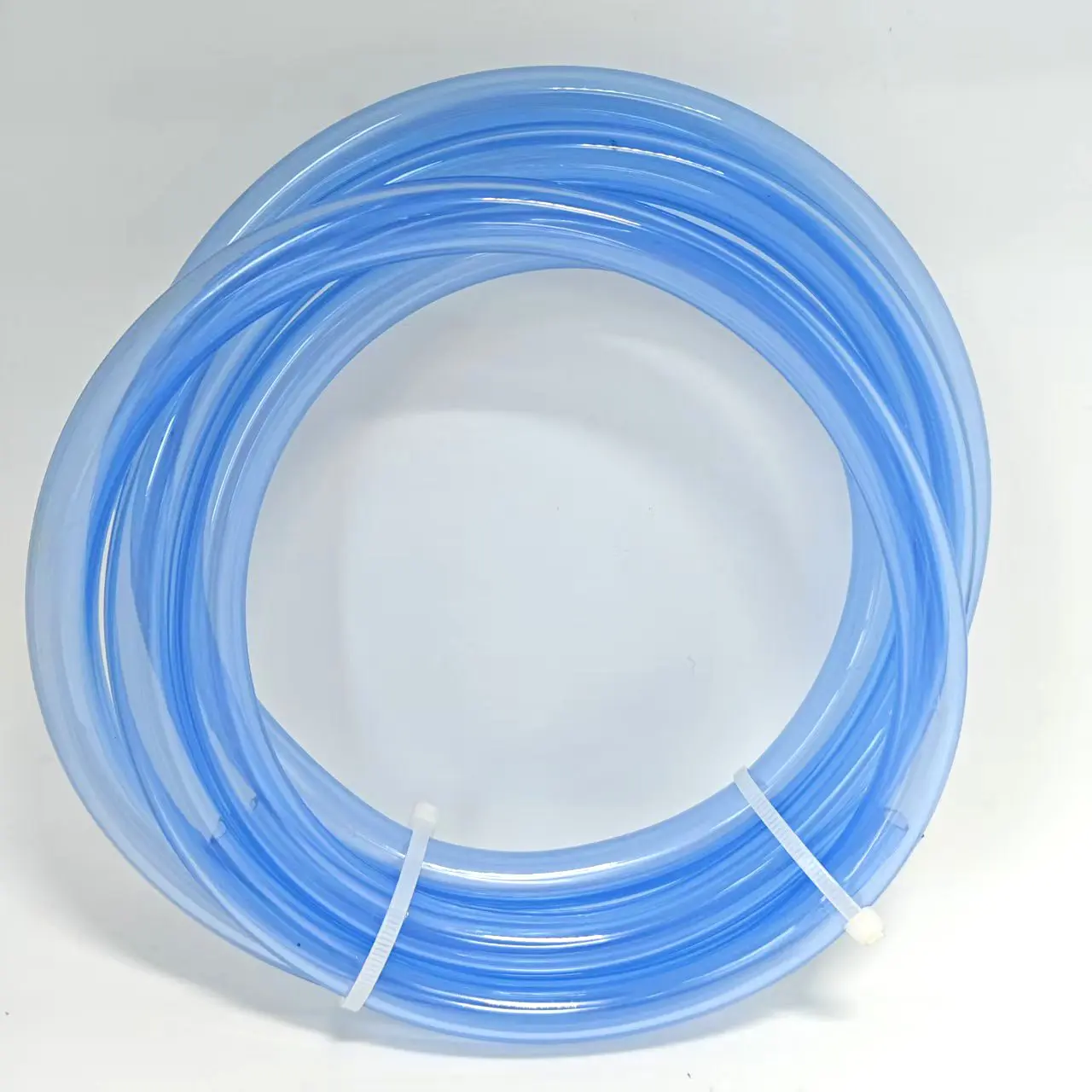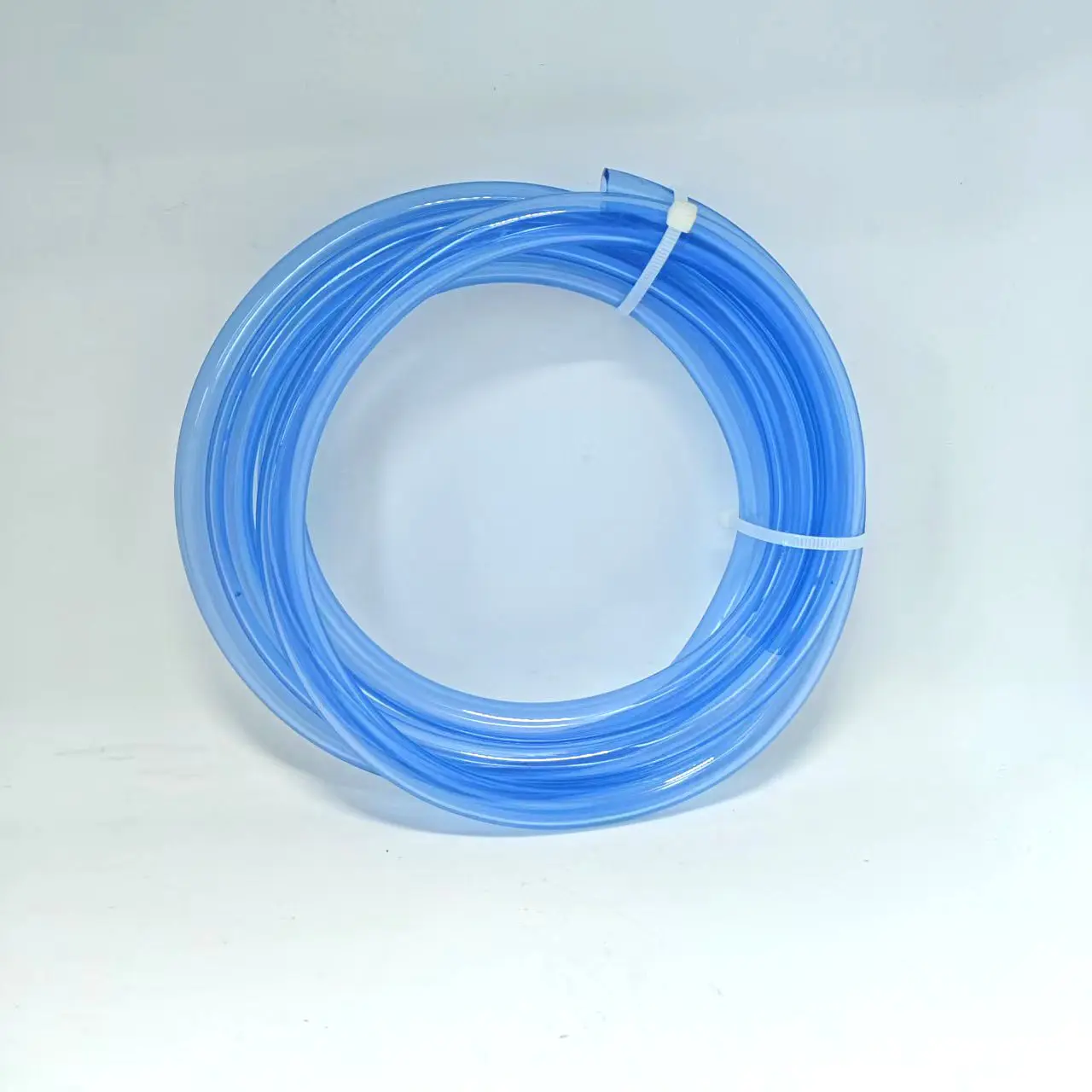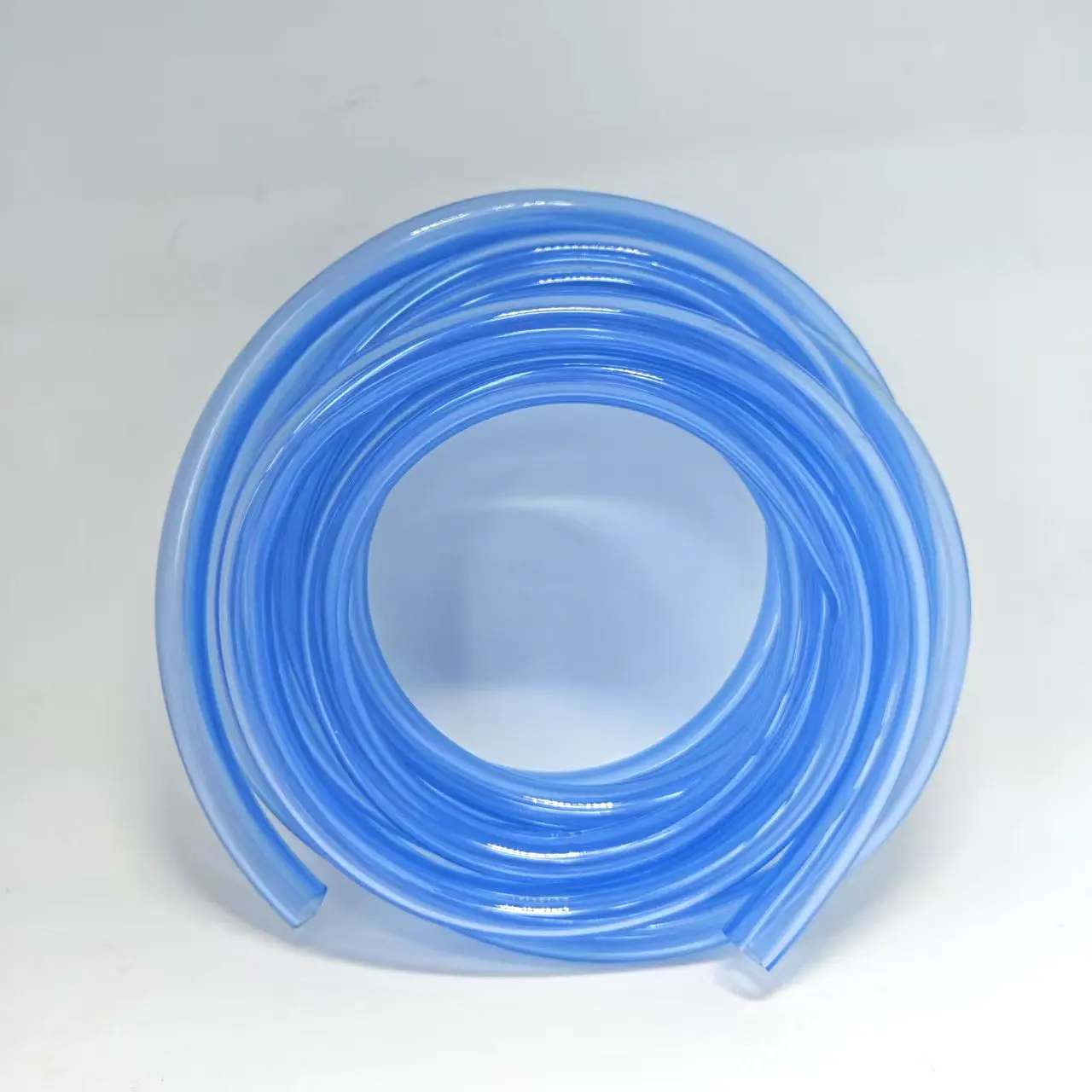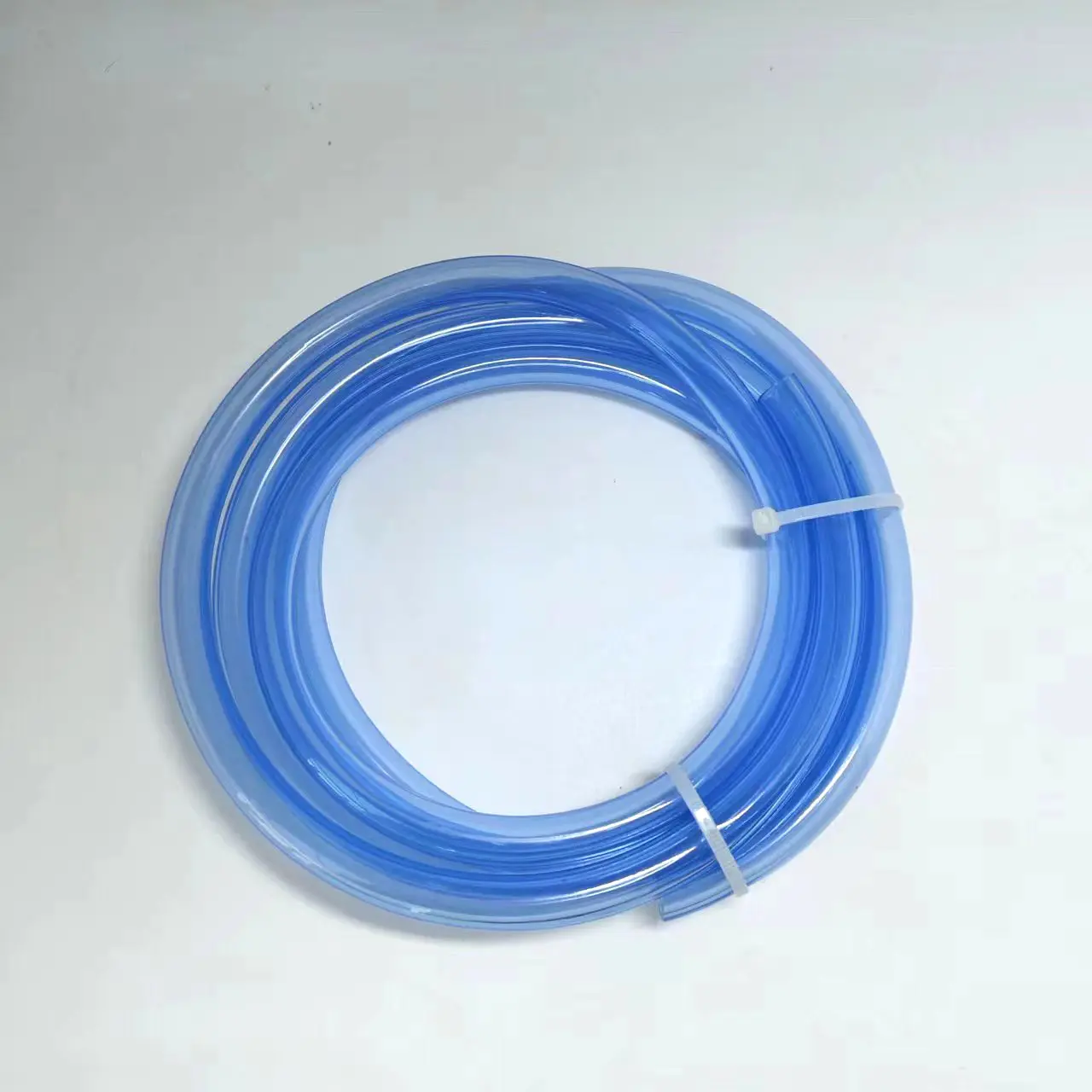Introduction to PVC Clear Hose in the Canadian Context
PVC clear hose has become an essential component across various Canadian industries due to its unique combination of transparency, flexibility, and cost-effectiveness. In Canada's diverse economic landscape, these hoses serve critical functions in food processing, beverage transfer, and agricultural applications, particularly where visual monitoring of liquid flow is necessary.
The Canadian market favors PVC clear hose for several practical reasons. Its lightweight nature makes it easy to handle in Canada's often challenging work environments, from dairy farms in Quebec to beverage production facilities in Ontario. The material's inherent flexibility allows for easy installation in spaces where rigid piping would be impractical, a common requirement in Canada's mixed-use industrial and agricultural settings.
What sets PVC clear hose apart in the Canadian market is its suitability for food-grade applications. Many Canadian processors and manufacturers prefer these hoses for handling milk and other beverages because they meet basic hygiene requirements while providing the visibility needed for quality control. The smooth interior surface prevents bacterial buildup when properly maintained, an important consideration in Canada's strictly regulated food production environment.
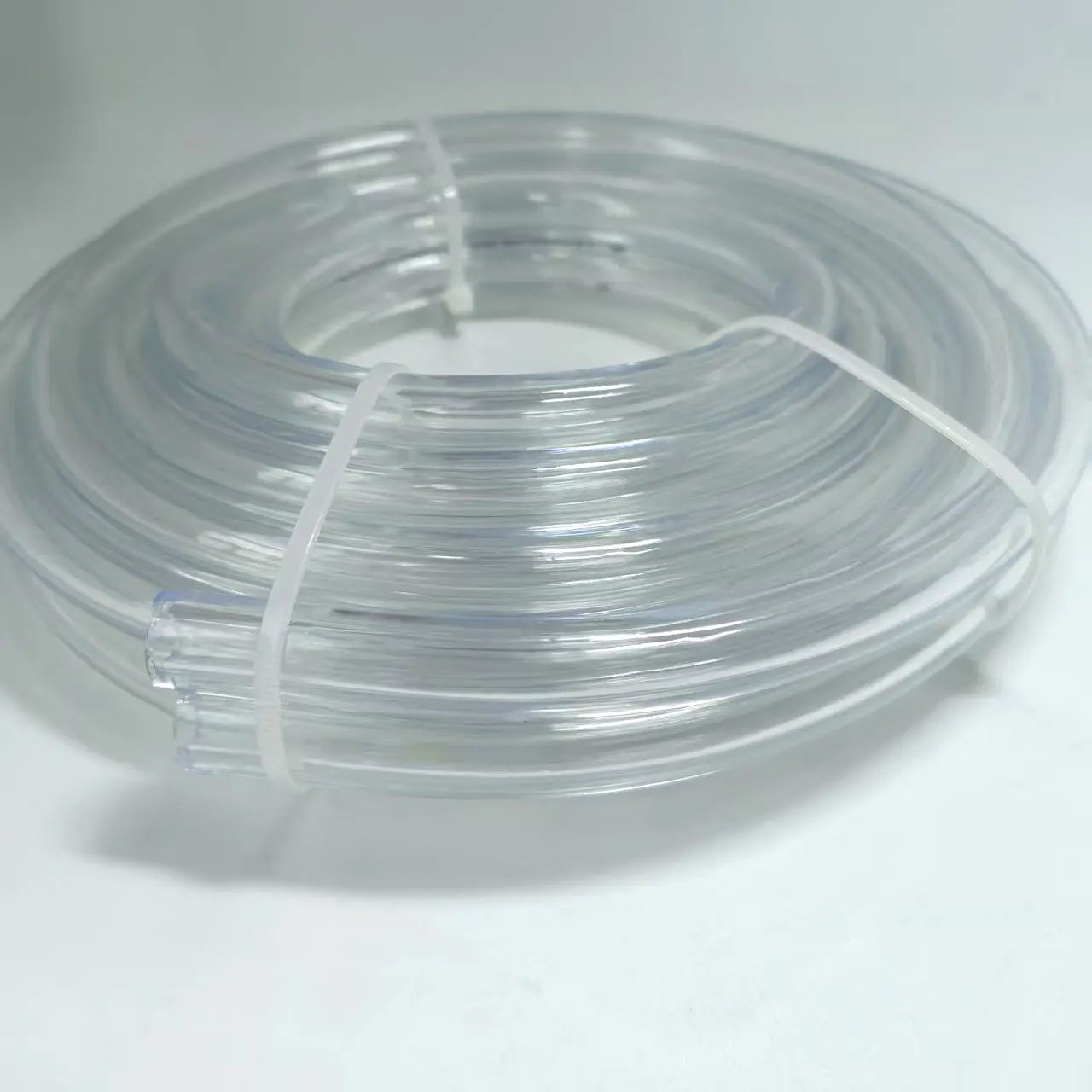
Primary Uses in Canada's Food and Beverage Sector
Milk Handling Applications
Transferring raw milk from collection tanks to processing equipment
Connecting milking machines to bulk storage containers
Moving processed milk between different stages of production
The transparency allows workers to monitor milk flow and quickly identify any contamination or consistency issues, which is particularly valuable in Canada's quality-conscious dairy sector.
Beverage Production and Transfer
Soft drink production lines
Juice transfer operations
Bottling plant applications
Syrup mixing processes
The non-reactive nature of food-grade PVC makes it suitable for these applications, provided proper cleaning protocols are followed according to Canadian food safety standards.
Other Food Processing Uses
Maple syrup collection and processing
Food ingredient transfer systems
Brewery applications for non-alcoholic components
Regional Variations in Usage Across Canada
Eastern Canada (Ontario, Quebec)
Heavy use in large-scale dairy operations
Beverage production facilities
Food processing plants
Western Canada (Alberta, British Columbia)
Smaller artisanal dairy applications
Craft beverage production
Agricultural processing
Northern Territories
Limited but important use in:
Remote community food services
Small-scale dairy operations
Beverage distribution systems
The climate differences across these regions affect hose selection, with colder areas requiring more flexible formulations to withstand low temperatures without becoming brittle.
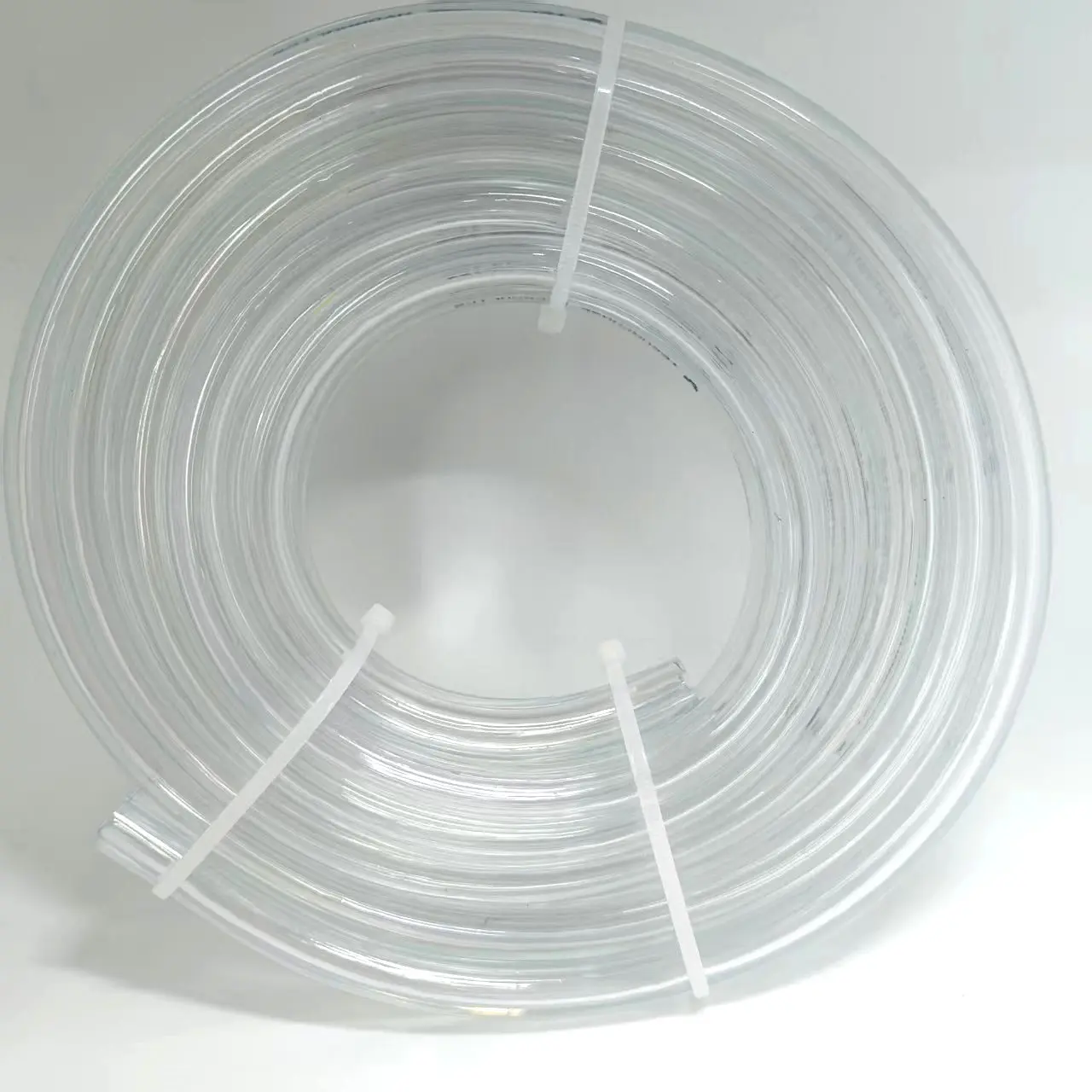
Selection Criteria for Canadian Applications
| Consideration | Importance in Canadian Context |
|---|---|
| Temperature Range | Must withstand regional climate variations from harsh winters to hot processing environments |
| Flexibility | Needs to remain pliable in cold storage areas common in Canadian food facilities |
| Cleanability | Must accommodate Canada's rigorous food sanitation standards |
| Diameter Options | Should match common Canadian equipment specifications |
| Chemical Compatibility | Must be suitable for milk fats, sugars, and other beverage components |
Additional factors specific to Canada include compliance with voluntary food safety guidelines and adaptability to seasonal temperature fluctuations that affect viscosity of transported liquids.
Maintenance Best Practices for Canadian Conditions
Proper maintenance is crucial for PVC clear hose performance in Canada's food and beverage applications:
Cleaning Procedures
Implement regular cleaning schedules matching Canadian food processing standards
Use approved sanitizers that won't degrade the hose material
Establish visual inspection protocols to detect early signs of wear
Storage Considerations
Store in climate-controlled areas during extreme temperatures
Hang coiled hoses to prevent kinking and stress points
Protect from UV exposure when used outdoors
Replacement Indicators
Cloudiness or discoloration affecting visibility
Surface cracks or stiffness developing
Odor absorption that could affect product quality
Canadian facilities typically establish replacement schedules based on usage intensity rather than waiting for failure, especially in critical milk handling applications.
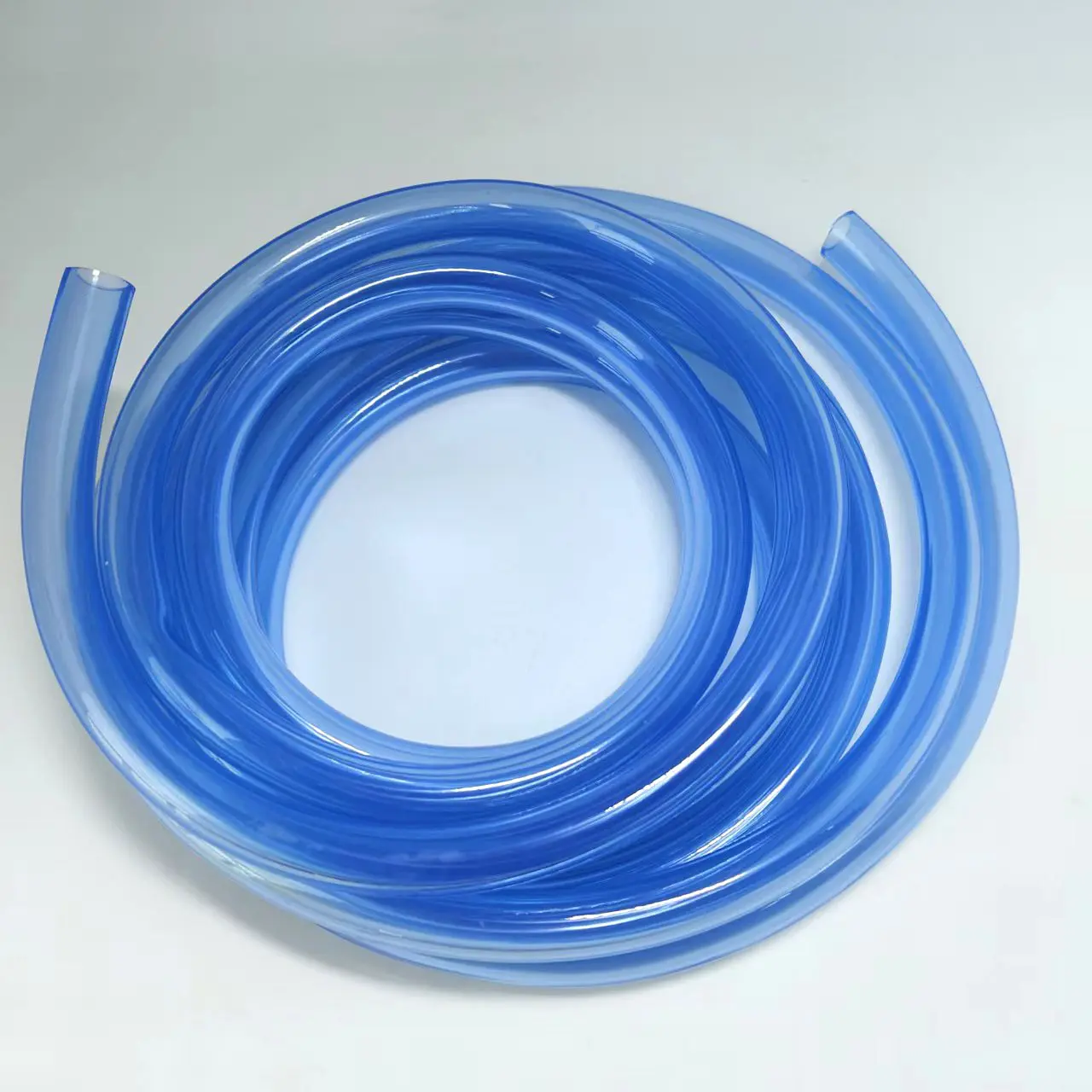
Regulatory and Safety Considerations
While avoiding specific certifications, it's important to note that Canadian users of PVC clear hose in food applications should:
Verify material safety for intended use
Ensure compatibility with cleaning protocols
Consider any provincial guidelines for food contact materials
Be aware of temperature limitations in processing environments
Many Canadian operations choose hoses that exceed basic requirements to accommodate potential regulatory changes and maintain high quality standards.
Common Challenges and Solutions in Canadian Operations
Temperature-Related Issues
Problem: Stiffening in cold processing areas
Solution: Select cold-flex formulations or implement controlled thawing procedures
Visibility Maintenance
Problem: Gradual clouding from product residue
Solution: Implement more frequent cleaning cycles
Connection Problems
Problem: Leaks at attachment points
Solution: Use Canadian-standard fittings and regular gasket inspections
Sanitation Challenges
Problem: Bacterial growth in hard-to-clean areas
Solution: Establish thorough cleaning validation processes
